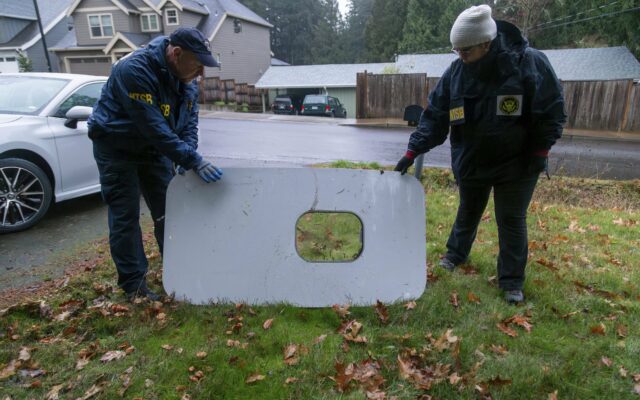Updated Lawsuit Filed In Boeing Door Plug Blow Out

Passengers aboard the Alaska Airlines Flight No. 1282, which experienced a panel loss at 16,000 feet and made an emergency landing at Portland International Airport (PDX) on Jan. 5, are joining a previously filed lawsuit against the airline and Boeing.
The original lawsuit, filed in King County Superior Court by attorney Mark Lindquist, alleged negligence on the part of Boeing and Alaska Airlines leading up to the incident. The suit claims that passengers experienced physical pain, intense fear, distress, anxiety, and trauma as a result of the incident.
New allegations include reports from passengers of hearing a whistling sound near the door plug on a previous flight, which they brought to the attention of flight attendants. However, no further action was taken despite cockpit instruments reportedly reading normal.
The lawsuit also references a recent National Transportation Safety Board (NTSB) preliminary report, which found that the cockpit door was designed to blow out in a depressurization situation, and that the pilots and crew members were not informed of this.
According to the NTSB report, the depressurization incident was caused by a panel, a Mid Exit Door (MED) plug, blowing off the Boeing 737 MAX 9 twinjet. The report indicated that a set of four anchoring bolts were likely missing, a mistake that occurred during the plane’s manufacturing process at Boeing’s Renton, Washington, facility.
The aircraft was relatively new, having been delivered to Alaska in late October and put into service in November. At the time of the incident, it had accumulated 510 hours of flight time and completed 154 pressurization cycles.
The lawsuit argues that the lack of proper communication between the flight crew and passengers, combined with the shock, noise, and communication difficulties, intensified confusion and stress among passengers.
Alaska Airlines offered $1,500 to passengers after the incident, but passengers were reportedly dissatisfied with both the amount and the lack of a personal touch.
The charges include negligence against both Alaska Airlines and Boeing, as well as strict product liability against Boeing under Washington’s Product Liability Act.
The incident prompted the Federal Aviation Administration (FAA) to ground all 737 MAX 9 planes nationwide. The planes began returning to service on Jan. 26 after the FAA approved an inspection process to confirm the integrity of the door plugs.
Boeing is facing additional lawsuits related to the incident, while Alaska Airlines is still facing a class-action lawsuit over a separate incident involving an off-duty pilot attempting to shut down engines midflight.
Our news partner KGW contributed to this report.



